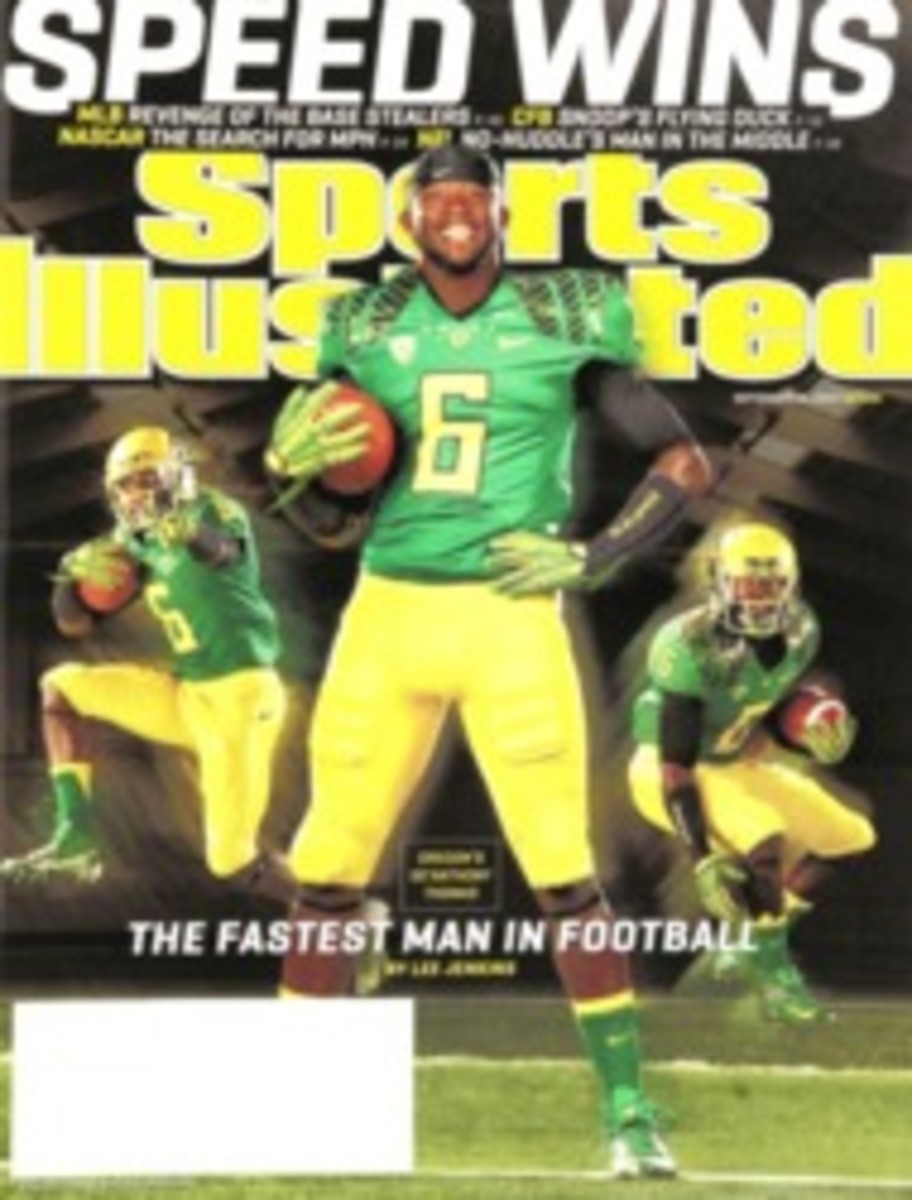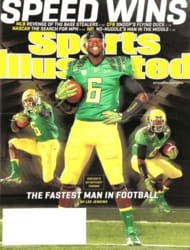
Judging Jurgen
When Jurgen Klinsmann took over as coach in July 2011 he promised to mold the U.S. into a "proactive" attacking outfit, a major change for a team that has for decades relied on defense, reaction and counterattacks. Based on that avowal—and because he's being paid $2.5 million a year, four times the salary of his predecessor, Bob Bradley—Klinsmann has to be evaluated on scores and style. And four games into what should be a 16-game World Cup qualifying campaign, his results have been mixed on both counts.
Following a nervy 1--0 home victory against Jamaica on Sept. 11—and barring a disaster in Antigua on Oct. 12 or against Guatemala on Oct. 16 in Kansas City, Mo.—the U.S. appears safe to advance to the final round of qualifying for Brazil 2014. But the team has yet to put together a compelling 90-minute performance in qualifying, a stretch that included a tie at Guatemala (FIFA rank: 91) on June 12 and, away on Sept. 7, the first U.S. loss to Jamaica (60) in 19 games, going back to 1988. Yes, Klinsmann guided the Yanks in 2012 to first-ever wins against Italy and at Mexico, but those were friendlies. During his 18 games in charge the team has scored more than one goal only three times.
Any sort of Klinsmann Revolution was going to be difficult in the short term, considering that he has only so many U.S. players to choose from, and it's easy to chuckle when he puts out three defensive midfielders, a classic Bradley move that Klinsmann repeated in the 2--1 loss at Jamaica. But if you look closely, Klinsmann has instituted some enlightened changes. The entire U.S. team is playing higher up the field. Even his forwards are pressing when the U.S. loses the ball, trying to win it back in a dangerous area. A high defensive line (while opening the risk for over-the-top balls) will help win the field-position battle and allow the attack to start farther upfield.
Klinsmann, who in 1990 won the World Cup as a player with Germany, has also continued identifying German-Americans who want to wear the Stars and Stripes. Before long you could see four such players in his starting 11: defender Fabian Johnson, midfielders Danny Williams and Jermaine Jones, and forward Terrence Boyd. Of course, the U.S. needs to be producing more talent for the senior national team on American soil than in Deutschland, and the way Klinsmann manages youth development will also be a factor in the final analysis.
The ultimate measuring stick, World Cup 2014, is 21 months away. Until then, Klinsmann needs to find some of the dynamic attack that he promised—and know that he'll be out in a heartbeat if the U.S. doesn't qualify for the Big Show.
FOLLOW @GrantWahl
• Through 18 games in charge, here's how Klinsmann stacks up against his most recent USMNT predecessors.
W | L | D | MULTIGOAL GAMES | |
JURGEN KLINSMANN | 9 | 6 | 3 | 3 |
BOB BRADLEY | 12 | 5 | 1 | 10 |
BRUCE ARENA | 10 | 4 | 4 | 9 |
STEVE SAMPSON | 9 | 7 | 2 | 9 |
WHERE'S MESSI?
The expansion of soccer broadcasts available on U.S. television continued with the launch last month of beIN Sport USA. The Miami-based channel, owned by Qatar-based Al Jazeera, outbid competition for the exclusive U.S. rights to the Spanish, Italian and French leagues, as well as to nearly all of the U.S.'s road World Cup qualifiers. There are short-term issues: beIN Sport is only available on DirecTV, DISH and Comcast, and it has no online companion. As a result, many soccer fans who were able to see Barcelona, Real Madrid and Juventus last season on Fox Soccer Channel, GolTV or on ESPN3 can no longer follow the likes of Lionel Messi, Cristiano Ronaldo or Andrea Pirlo. The same goes for U.S. qualifiers, like the Sept. 7 loss at Jamaica.
But take the long view. It can only be a good thing that more broadcast companies are investing in the sport domestically; beIN joins ESPN, Fox and NBC Sports, among others, and there are now up to 75 live matches on American TV every week. You can see more English Premier League games in the U.S. than in England.
PHOTO
TONY QUINN/ISIPHOTOS.COM (JONES)
SWEAT IT out Entering games against Jamaica, Jones (left) & Co. were ranked 33rd by FIFA. Under Bradley, they'd climbed as high as 11th.
PHOTO
VALERIO PENNICINO/GETTY IMAGES (KLINSMANN)

